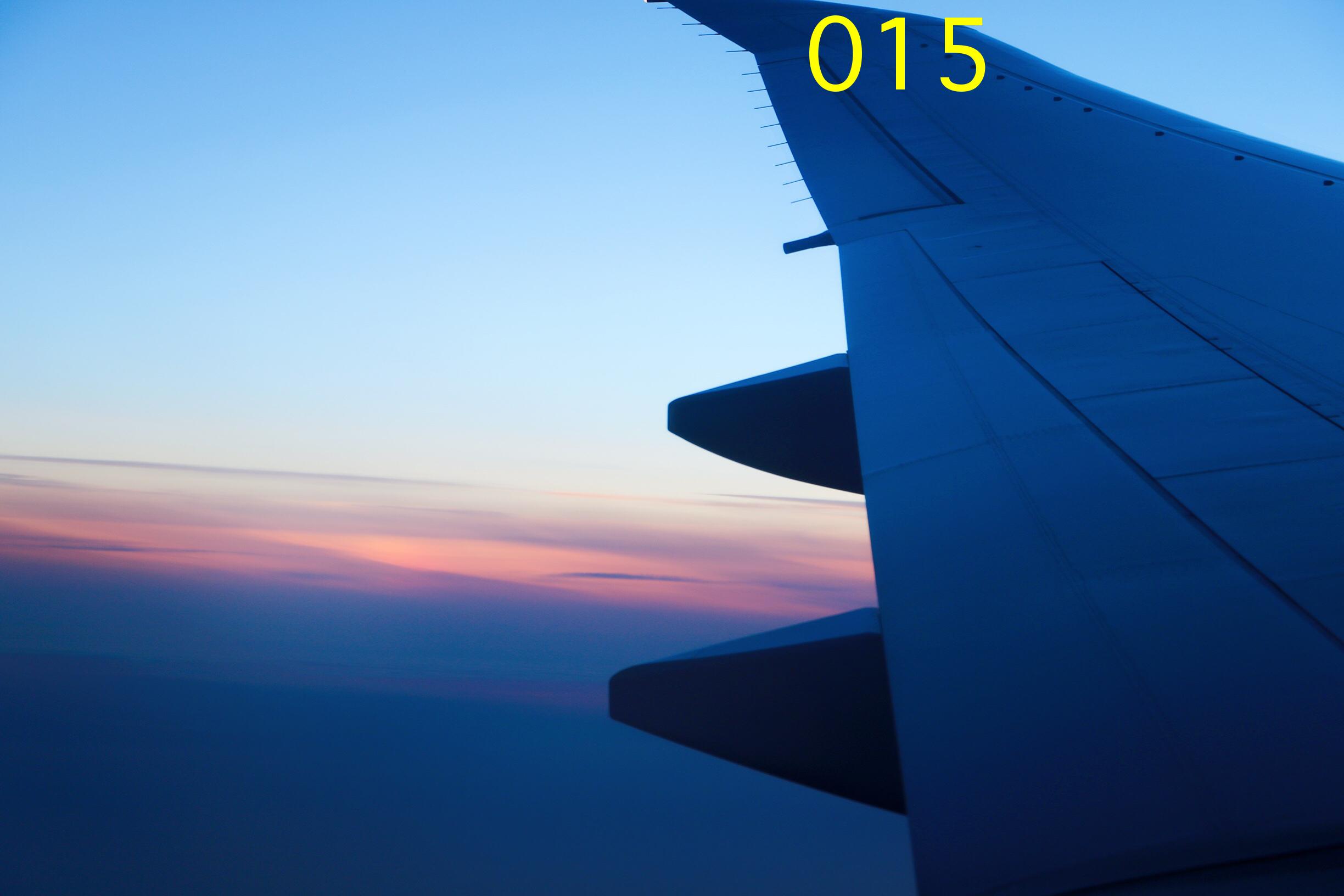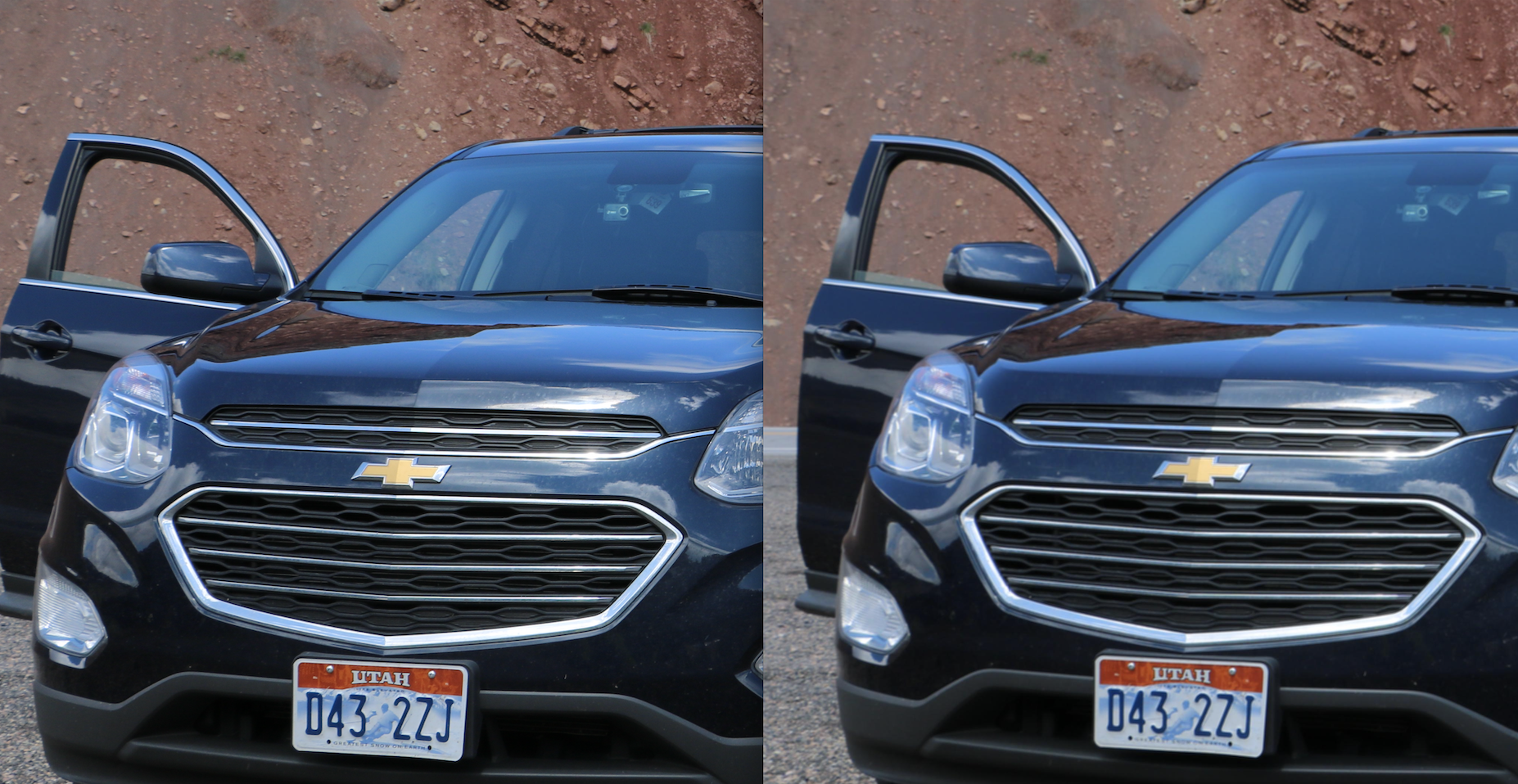The exercises included in this paper are mainly PIL dependency libraries, i.e. pillow-related applications.
Exercise 1: Use python to add numbers to pictures
Ideas for realization:
- Import images using PIL's Image.open.
- Get the size of the picture.
- Call ImageDraw and write numbers at the specified location of the image.
#coding=utf-8
#Auther by Alice
#Add a number to the top right corner of the picture
from PIL import Image,ImageFont,ImageDraw
image = Image.open('/Users/alice/Documents/Photo/IMG_8379.JPG')
#Open original
wight, hight = image.size
text = "015"
color = (255,255,0)
fontsize = wight//10
font = ImageFont.truetype('Apple Symbols',fontsize)
#Set the parameters of the added number, the number content, the number color and the number
draw = ImageDraw.Draw(image)
draw.text((fontsize*6,0), text, color, font)
image.save('/Users/alice/Documents/Photo/IMG_7997.JPG', 'jpeg')
#Save the image after adding the numberBefore implementation:

After implementation:

After modifying the font and color of two lines of code as follows,
color = (105,200,45)
font = ImageFont.truetype('Palatino.ttc',fontsize)
The results of the operation are as follows:

- Exercise 2: Use python to zoom in and out an image
Ideas for realization:
- Use PIL, the Python image standard dependency library.
- Open the local image with open.
- Use image.thumbnail to zoom in and out
#coding by alice
#coding=utf-8
from PIL import Image
im = Image.open('/Users/alice/Documents/Develop/PythonCode/test.JPG')
# Open the specified jpg image file in a path
w,h = im.size
# Obtain image size
im.thumbnail((w//10, h//10))
# Zoom to 10%
im.save('/Users/alice/Documents/Develop/PythonCode/test2.JPG', 'jpeg')
# Save the scaled image in jpeg format:Equivalent to code:
#coding by alice
#coding=utf-8
from PIL import Image
image = Image.open('/Users/alice/Documents/Develop/PythonCode/test.JPG')
# Open the specified jpg image file in a path
wight,hight = image.size
# Obtain image size
image.thumbnail((w//10, h//10))
# Zoom to 10%
image.save('/Users/alice/Documents/Develop/PythonCode/test2.JPG', 'jpeg')
# Save the scaled image in jpg format:The results after operation are as follows:

- Exercise 3: Using python to blur a picture
Ideas for realization:
- Use PIL, the Python image standard dependency library.
- Open the local image with open.
- Use image.thumbnail to zoom in and out
#coding by alice
#coding=utf-8
from PIL import Image
from PIL import ImageFilter
image = Image.open('/Users/alice/Documents/Develop/PythonCode/test.JPG')
# Open a jpg image file in a path
image = image.filter(ImageFilter.BLUR)
# Application of Fuzzy Filter
image.save('/Users/alice/Documents/Develop/PythonCode/test3.JPG', 'jpeg')
#Save picturesThe results after operation are as follows:

If it is still life or face, the blurring effect will be more obvious after enlargement.

- Exercise 4: Use python to get the coordinates of elements in a picture
Ideas for realization:
- Use PIL, the Python image standard dependency library.
- Open the local image with open.
- Using imshow to display images
- Get the picture by clicking on the cursor, output coordinates
#coding by alice
#coding=utf-8
from PIL import Image
import matplotlib.pyplot as plt
image = Image.open('/Users/alice/Documents/Develop/PythonCode/test.JPG')
#Open the location and the name of the image
plt.figure('image')
#Image window name
plt.imshow(image)
plt.show()